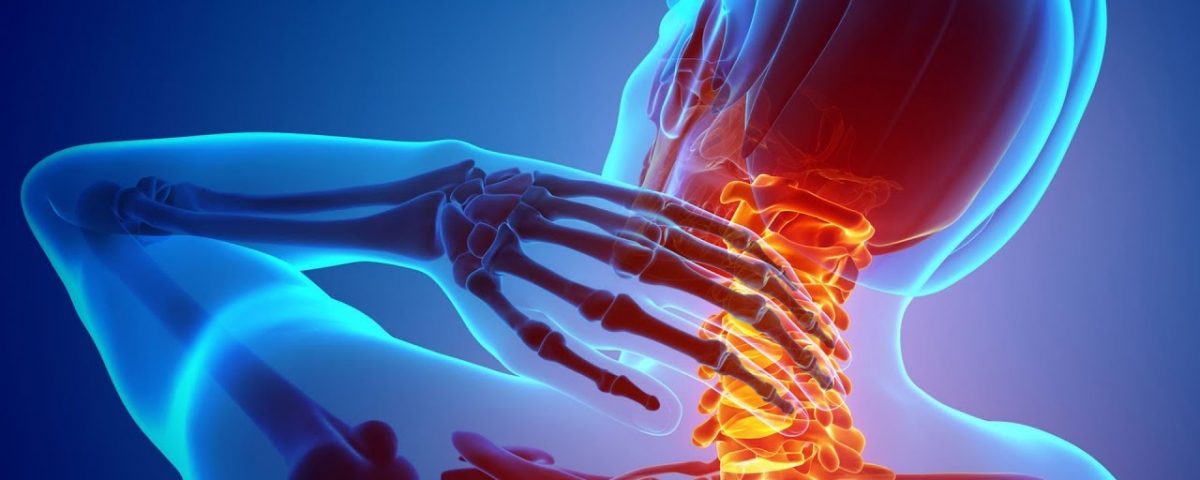
Is My Smartphone Causing My Neck Pain?
Within the last few years, more and more patients are arriving at SOS Physio Therapy with complaints of neck pain. These patients with complaints of neck pain are also becoming younger and younger. Typically, neck pain is seen with an increase in age which makes us wonder; why the change in the age of patients seen with neck pain, and why the increase in the amount seen?
“Text neck” is the term given to this increase in neck pain complaints seen in patients within the last few years. This is especially seen in the younger populations who have had no prior history of neck pain or injury.
So what is ‘text neck’? Text neck is a repetitive strain injury of the neck muscles, the shoulders, and even in the lower back. This is directly related to our posture when we use our smart devices, like cell phones and tablets. On average, a person may spend 2-4 hours a day using their smartphone. The most common symptoms of text neck may be complaints of neck pain and soreness. Some other symptoms of text neck may include headaches, upper back pain that ranges from chronic, nagging pain to sharp spasms, shoulder pain and tightness, and even neurological symptoms that can travel down the arm and into the hand. This is called radiculopathy and originates from a cervical nerve being pinched as it tries to exit the cervical spine. All of these possible signs and symptoms of text neck can be addressed by a Physical Therapist.
How does using my cell phone or tablet hurt my neck?
Using these smart devices causes us to slouch into a poor posture which causes extra strain on our bodies. Most of the population (79%) between the ages of 18-44 years old have their smartphones on them at all times. Picture yourself looking at your smartphone, maybe it is in your hand right now. Our head drops forward as we look down towards our smartphone. Our shoulders may also lift towards our ears and round forward. This posture changes the natural curve of our cervical spine. We have to admit…some of us can get so involved in our smart devices that time passes right by. An 8-18 year old on average spend about 7.5 hours every day using some type of smart device. Staying in this position for a prolonged period of time can cause misalignment, muscle strains, and wear and tear of our joints.
Three main things occur as we drop our head down to look at our smartphone.
1. Our neck moves forward
2. Our shoulders round forward and may lift towards our ears
3. Our neck muscles and shoulder muscles then contract
Our neck muscles have the job of holding up our head throughout the day against gravity. The head is a lot of weight to hold up all day; on average weighing between 10-12lbs. When we move our head 1 inch forward, this can double the load on our muscles. Your chin resting on your chest when looking at your smart phone creates 60lbs of force on your neck. You can see an example of the pounds of pressure placed on the neck as we drop our head forward in the provided picture.
The ‘slump position’ that occurs as we relax and browse the newsfeed on our smartphone, not only effects our spinal position but can also have an effect on our breathing. The slump position restricts our ability to expand our lungs and take in oxygen. Decreasing our ability to take in enough oxygen forces our heart to pump harder in order to circulate our oxygen rich blood throughout our body.
How do we fix this?
Some of the effects of text neck or a forward head posture can be addressed with proper exercises and manual techniques that can provide a patient with long-lasting relief. At SOS Physio Therapy, the Physical Therapists have the knowledge and experience to treat neck pain in all age populations. They will develop treatment programs based on that individual patient and help them to return to their previous pain-free lifestyles. To improve our neck pain from using our smartphones there are a few steps we can take every day in conjunction with Physical Therapy.